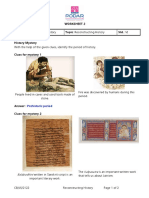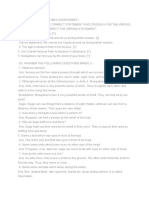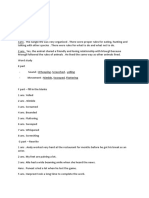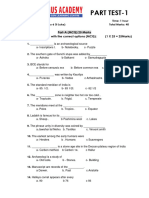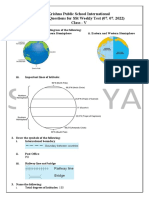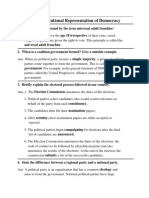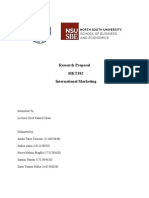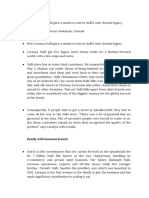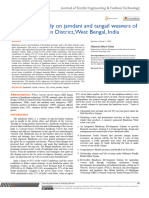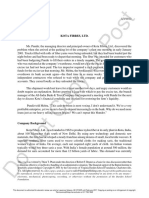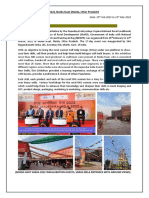0% found this document useful (0 votes)
379 views5 pagesChapter 8 Unity in Diversity Worksheet
Chapter 8 of Class 6 Social Science discusses the theme of 'Unity in Diversity' in India, highlighting its rich cultural, linguistic, and traditional diversity. It includes multiple choice questions, fill-in-the-blanks, true/false statements, and short answer questions related to Indian festivals, staple grains, and significant epics like the Ramayana and Mahabharata. The chapter emphasizes how various elements such as cuisine, textiles, and literature contribute to the unity of the nation despite its diversity.
Uploaded by
namanbhatia8193Copyright
© © All Rights Reserved
We take content rights seriously. If you suspect this is your content, claim it here.
Available Formats
Download as PDF, TXT or read online on Scribd
0% found this document useful (0 votes)
379 views5 pagesChapter 8 Unity in Diversity Worksheet
Chapter 8 of Class 6 Social Science discusses the theme of 'Unity in Diversity' in India, highlighting its rich cultural, linguistic, and traditional diversity. It includes multiple choice questions, fill-in-the-blanks, true/false statements, and short answer questions related to Indian festivals, staple grains, and significant epics like the Ramayana and Mahabharata. The chapter emphasizes how various elements such as cuisine, textiles, and literature contribute to the unity of the nation despite its diversity.
Uploaded by
namanbhatia8193Copyright
© © All Rights Reserved
We take content rights seriously. If you suspect this is your content, claim it here.
Available Formats
Download as PDF, TXT or read online on Scribd
/ 5








